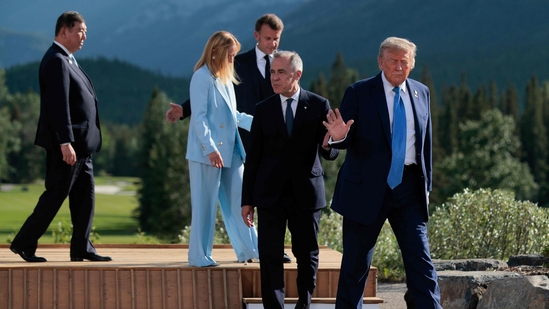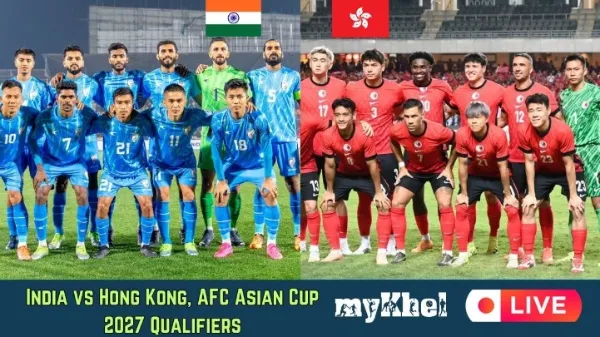
Trump Wants Russia Back in G7 – What It Means (June 2025)
Summary:
At the June 2025 G7 summit, former U.S. President Donald Trump argued for Russia’s reinstatement in the group, proposing a return to the G8, and potentially adding China to form a G9. He claims this approach could ease global tensions and avert war.
Trump’s Proposal at the G7 Summit
During the opening session of the 2025 G7 summit in Kananaskis, Canada, Donald Trump suggested that Russia, expelled in 2014, should be readmitted into the bloc. He further proposed including China, transforming the G7 into a G9.
“The G7 used to be the G8… I think you wouldn’t have a war right now if you had Russia in,” Trump said .
Trump framed this shift as a diplomatic strategy, stating that engaging adversarial nations directly could prevent conflicts, including the ongoing War in Ukraine .
Why Russia Was Expelled in 2014
In March 2014, the G7 suspended Russia in response to its annexation of Crimea, effectively forming the G8 no more .
Trump criticised this move, attributing it to former U.S. President Barack Obama and mistakenly naming Justin Trudeau as a culprit; in reality, the decision was made under Canadian PM Stephen Harper .
Implications of Bringing Russia Back
Potential Benefits:
- Direct engagement could reduce Russia’s diplomatic isolation.
- Trump argued Russia’s return might have prevented the Ukraine war .
- Including major global powers like China could strengthen economic and security conversations.
Concerns Raised:
- Russia remains deeply involved in Ukraine’s conflict, and its rehabilitation into G7 may undermine unified Western pressure .
- Several G7 leaders, such as Germany’s Friedrich Merz, openly opposed, advocating increased pressure on Russia .
- The current model of G7 is based on democracies, making inclusion of authoritarian regimes controversial .
China’s Possible Entry: G9?
When asked about including China, Trump did not dismiss the idea:
“It’s not a bad idea. I don’t mind that if somebody wants to see China coming in,” he remarked .
Adding China would potentially reshape the bloc’s purpose, broadening it into an ultra-large forum focused on global economic and geopolitical concerns.
Summit Reactions and Broader Context
- Canadian PM Mark Carney, host of the summit, emphasised the need for diverse leadership but stopped short of endorsing expansion .
- Other leaders, including Macron and Starmer, maintained focus on sanctioning Russia and resolving the Israel–Iran crisis .
- Meanwhile, ongoing crises in Ukraine, Israel, and Iran overshadowed the summit’s agenda. Trump departed early to attend to emerging Middle East tensions .
🔍 Bullet Summary:
- Trump proposes Russia’s return to G7, restoring the G8
- Suggests adding China, turning it into a G9
- He claims this could have prevented war in Ukraine
- Faces pushback from European allies and concerns over democratic values
- Trump left summit early amid Middle East tensions
Why It Matters
Reinstating Russia in G7 could normalize diplomatic relations and potentially ease global tensions—but risks fragmenting unity on critical issues such as Ukraine and democratic integrity. Inclusion of China complicates internal cohesion further, potentially diluting existing agenda focus.
Trump’s stance reflects his emphasis on direct diplomacy and leveraging his unique rapport with Putin, while challenging the G7’s purpose as a bloc of democracies .
What’s Next?
- As Trump returns to U.S. policymaking, his proposal may influence 2025 election debates about global strategy and alliance dynamics.
- G7 leaders are unlikely to change course during the summit, but backed by other world powers, Trump’s suggestion could reshape future global forums like the G20.
- Watch for diplomatic discussions ahead of the NATO summit in June 2025, where Russia, Ukraine, and China issues remain central.
Conclusion
Trump’s call to transform G7 into a G8 or G9 by including Russia and China presents a bold vision—one that challenges Western unity and the very essence of the bloc. Whether this idea gains broader support remains uncertain. Meanwhile, global attention shifts to how the G7’s decisions will influence broader peace and security efforts, particularly regarding Ukraine.
Stay tuned to Newszery.com for expert analysis on evolving geopolitics, U.S.-G7 relations, and the future of international diplomacy.




